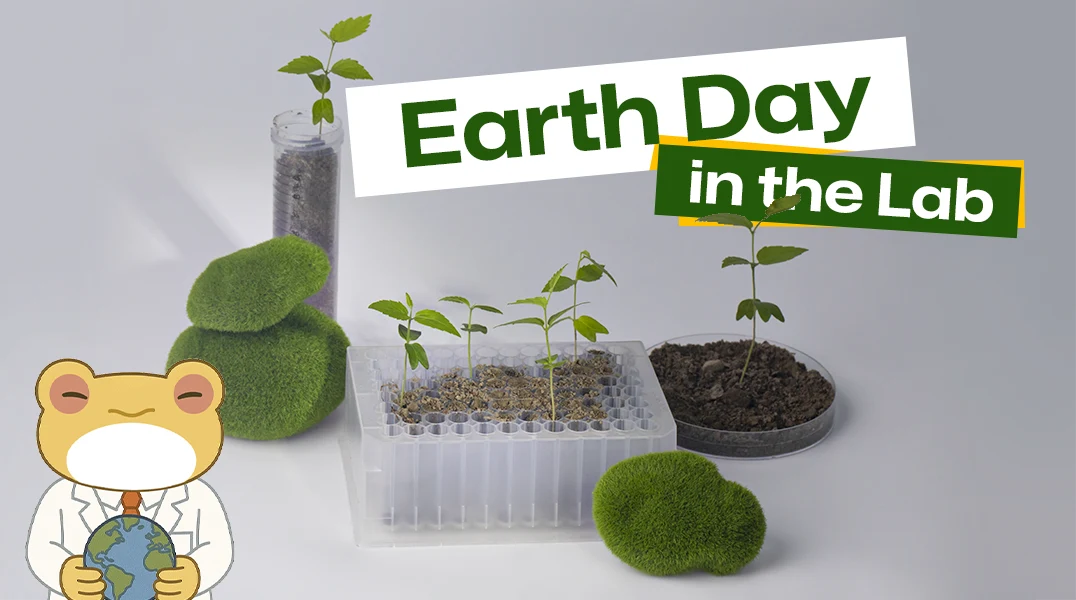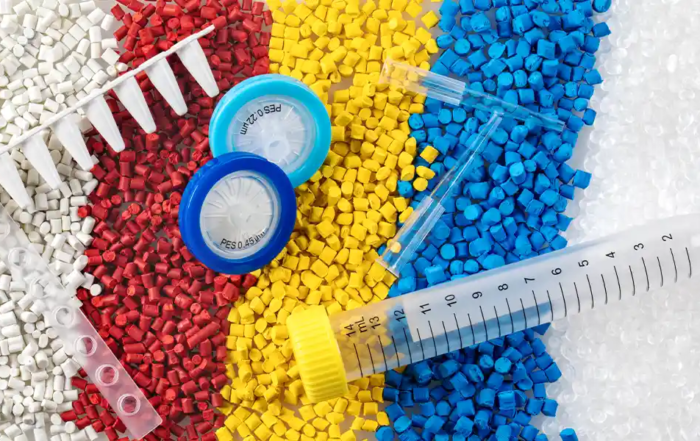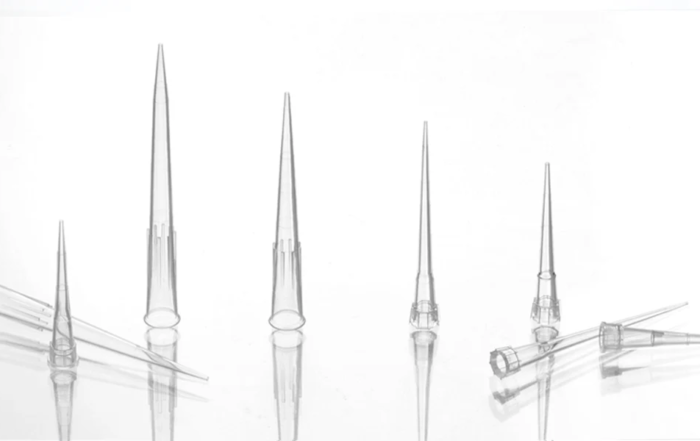What is Earth Day?
Earth Day began in the United States in the early 1970s, when a burgeoning environmental movement on college campuses sought to awaken public consciousness towards the fragility of our planet. The first event, held on 22 April 1970, became the first large-scale campaign for environmental protection, inspiring together millions of people to call for cleaner air, safer water, and a healthier environment.
By the 1990s, this once-national event had spread around the world, becoming an annual day of action and awareness for environmentalists everywhere. Today, 22 April serves as a strong reminder of our shared responsibility to protect the Earth for future generations.
As scientists work to solve big problems, Earth Day is a good reminder: progress and protecting the planet should go hand in hand — especially in the lab.
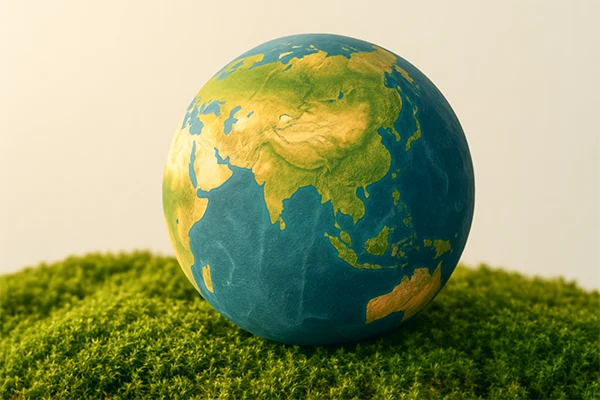
Earth Day and the Laboratory Industry
Even though Earth Day encourages us to care for the planet, labs are still a major source of plastic waste. Every year, labs throw away huge amounts of single-use items like pipette tips, tubes, and containers — most of which don’t get recycled or reused.
In 2014 alone, laboratories worldwide generated an estimated 5.5 million tonnes of plastic waste—equivalent in weight to some 67 ocean‑going cruise ships (a figure reported in Nature, 2015). As awareness grows, it becomes ever more imperative for research facilities to embrace more sustainable practices, ensuring that the pursuit of knowledge no longer comes at the planet’s expense.
GenFollower’s Commitment to Sustainability
At GenFollower, we’re aware of our duty to the planet. This sense of responsibility guides us as we develop new lab products. We believe it’s possible to innovate while cutting carbon and cutting plastic. Our goal is to offer lab tools that work brilliantly and are kinder to the Earth.
Our commitment is grounded in a practical question: how can we help laboratories reduce waste without compromising performance?
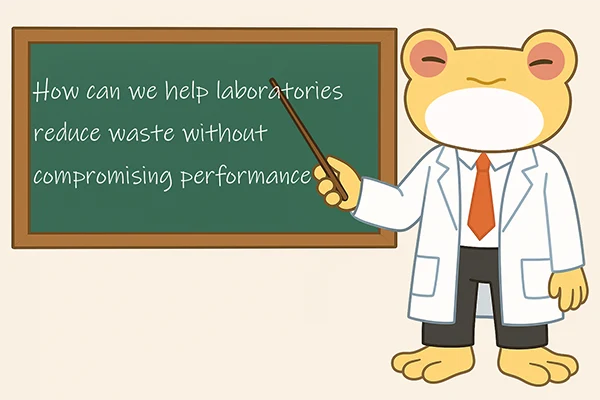
Our Three Pillars: Reduce & Reuse
We follow a simple rule: use less, and use again.
- Reduce – Packaging: Refill system packs help reduce single‑use plastic wrap and outer boxes.
- Reduce – Products: Our consumables, like universal pipette tips, are made with about 20% less plastic than other brands, lightening waste and transport.
- Reuse: Some of the tools, like tip racks and freezer boxes, can be cleaned, sterilized and used again, saving plastic from the bin.
When used widely, these small product changes can really help reduce its environmental impact.
Let’s Make Earth Day Every Day
Earth Day is more than a date on the calendar — it’s a call to action. We’re inviting researchers, lab managers and partners to take this chance to look at everyday lab work through a more sustainable lens.
Simple steps — like picking greener products or reusing what you can — really do add up. When teams do these things every day, being sustainable just becomes a normal part of the job.
At GenFollower, we continue to push for progress — through better design, smarter packaging, and responsible innovation. We invite you to follow our journey and take part in it.
Want to see what that looks like? Take a look at our sustainable lab tools or directly get in touch with us.
Let’s take care of the Earth, together — not just on Earth Day, but every day.
Recent Posts
Why Perfect Bacterial Culture is Hard to Achieve in the Lab: Key Challenges
There's a running joke in biology labs: You can see bacteria everywhere except in the petri dish. There are also many similar bacterial culture memes online. Obviously, cultivating a “perfect” bacterial flora—a diverse, balanced, [...]
How to choose lab plastic consumables? A complete analysis of material characteristics and application scenarios
What is the most common material in the laboratory? The answer is often "plastic". Plastics are indispensable in modern laboratories, playing a crucial role in ensuring the efficiency, safety, and precision of various scientific processes. [...]
The Ultimate Guide to Pipette Tips
Welcome to the Ultimate Guide to Pipette Tips—your comprehensive resource for everything you need to know about these indispensable laboratory tools! Whether you're new to the lab or a seasoned scientist, understanding pipette tips [...]
